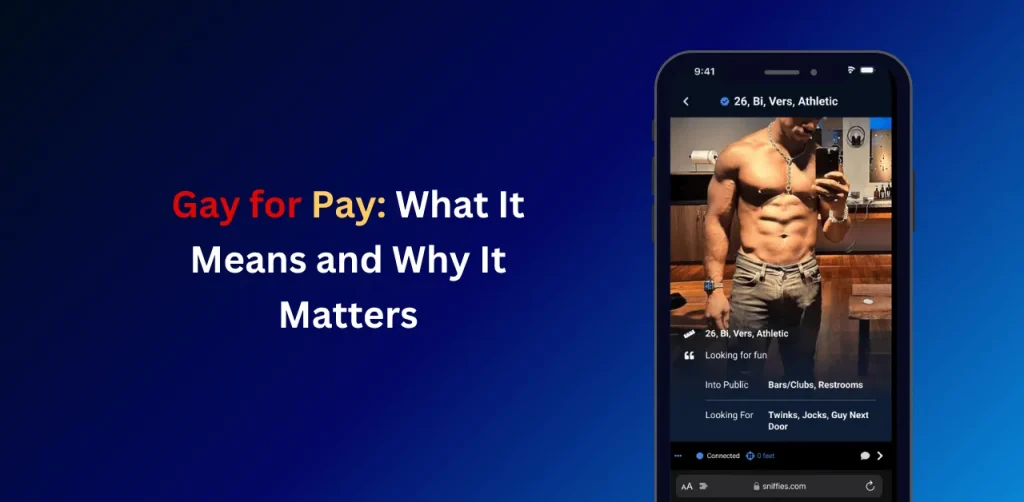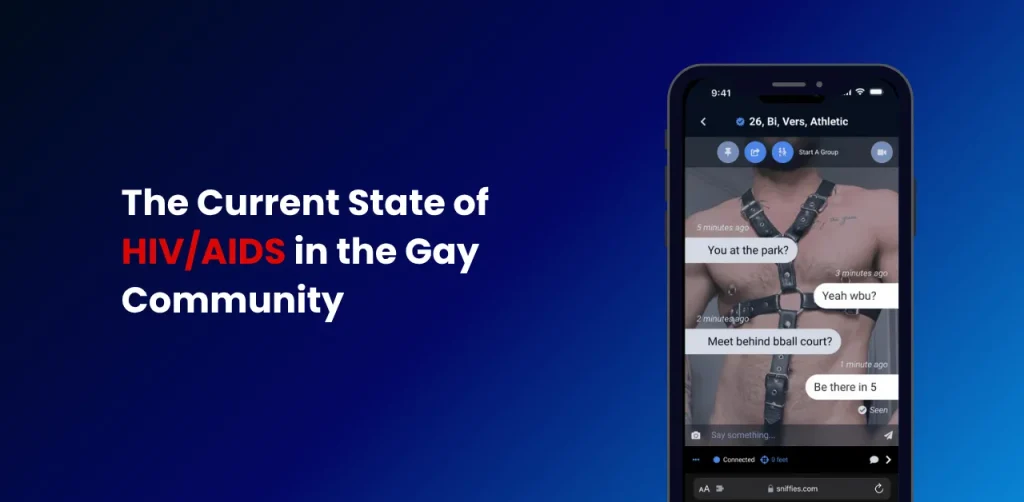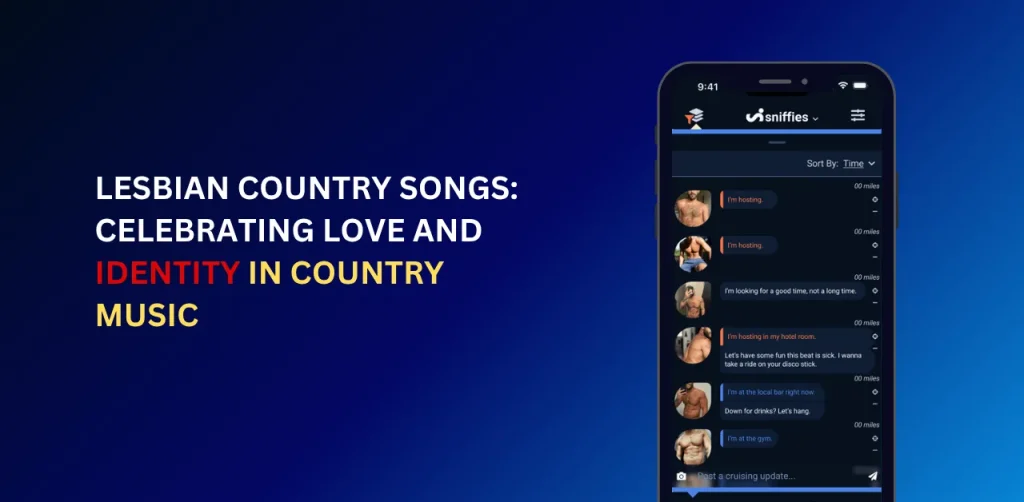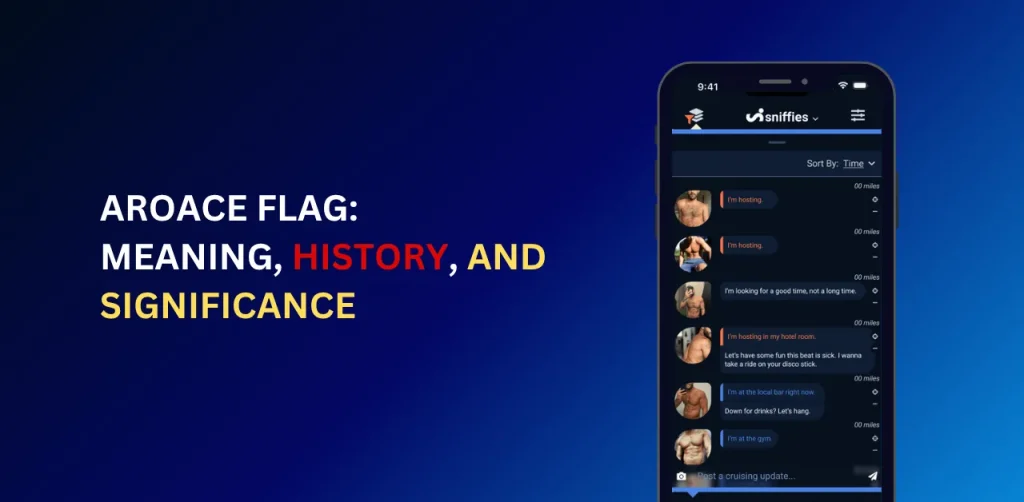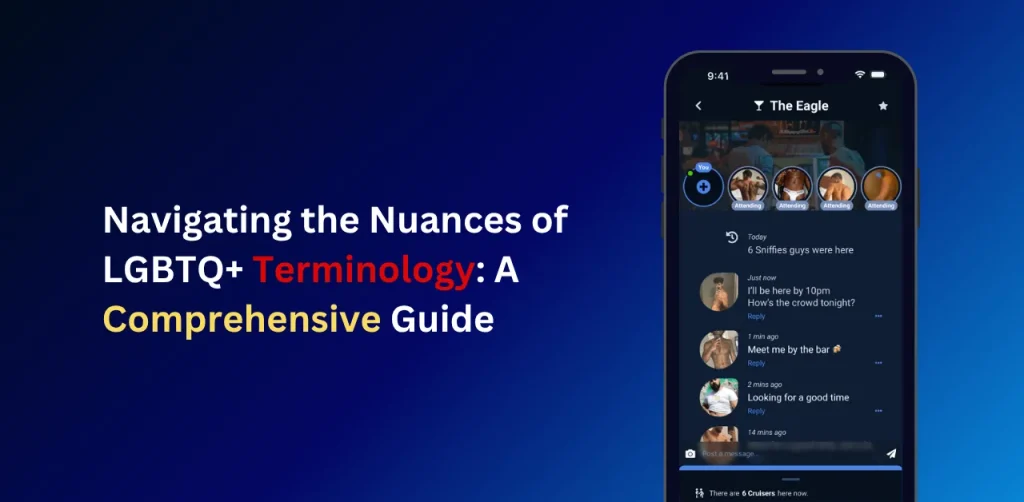LGBTQ+ History Month: Celebrating Milestones and Unsung Heroes
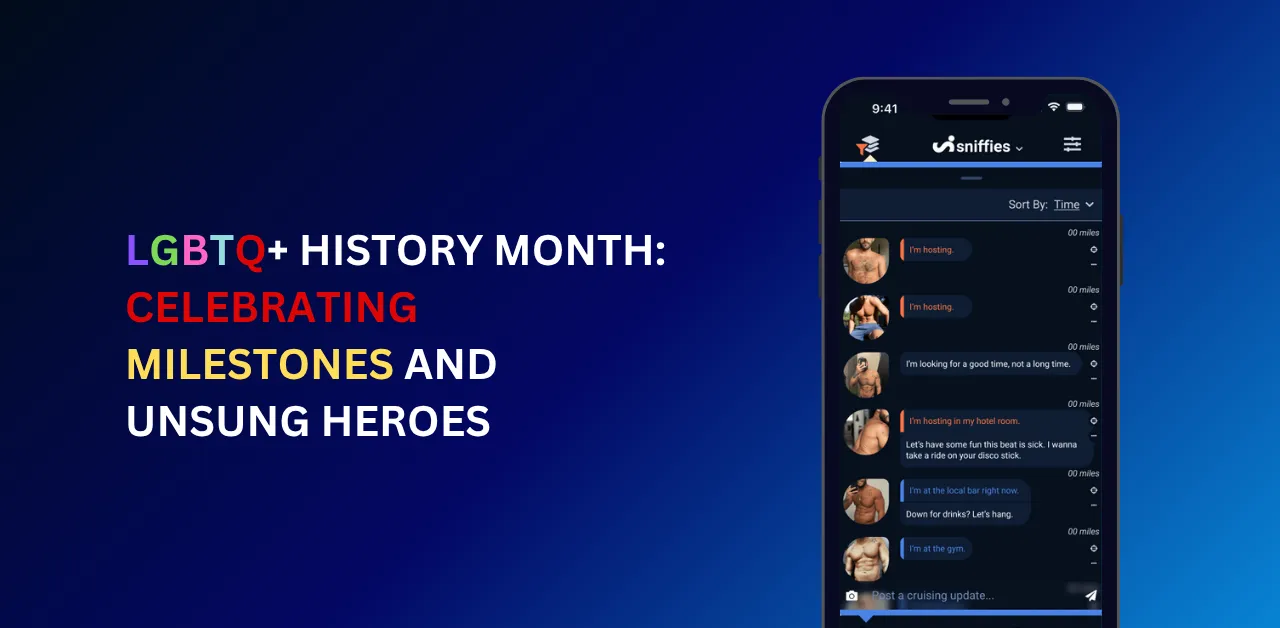
Every October, the United States celebrates LGBTQ+ History Month, a time to honor the achievements, struggles, and contributions of lesbian, gay, bisexual, transgender, queer, and other gender-diverse communities. Established in 1994, this month-long observance highlights the rich history of the gay rights movement, fosters education, and promotes inclusivity. Whether you’re a student, educator, or advocate, this guide explores the origins, key milestones, and practical ways to engage with LGBTQ+ history. Let’s dive into why this month matters and how you can celebrate it meaningfully.
What Is LGBTQ+ History Month?
LGBTQ+ History Month is an annual celebration held in October to recognize the contributions of LGBTQ+ individuals and the history of their fight for equality. Founded by Missouri high-school teacher Rodney Wilson in 1994, it aims to provide role models, build community, and make a civil rights statement about the LGBTQ+ community’s impact. October was chosen to align with National Coming Out Day on October 11 and to commemorate the first and second National Marches on Washington for Lesbian and Gay Rights in 1979 and 1987.
Unlike LGBTQ+ Pride Month in June, which celebrates community and visibility, LGBTQ+ History Month focuses on education and historical reflection. It’s a time to learn about pivotal events like the Stonewall Uprising, landmark legal victories, and the trailblazers who shaped the movement.
Why It Matters
Understanding LGBTQ+ history helps foster empathy and inclusion. It sheds light on the struggles against discrimination, such as the Lavender Scare, and celebrates victories like marriage equality. By teaching this history, we empower future generations to advocate for equality and challenge prejudice.
Global Observance of LGBTQ+ History Month
LGBTQ+ History Month is celebrated differently across the world, reflecting local histories and priorities. Below is a table summarizing key global observances:
| Country | Month | Key Focus |
|---|---|---|
| United States | October | Educational initiatives, community events, National Coming Out Day alignment |
| United Kingdom | February | School-based education, celebrating Section 28 repeal, annual themes |
| Australia | October | Youth-focused events by organizations like Minus 18 and Australian Queer Archives |
| Germany | May | Known as Queer History Month, with citywide events in Berlin and Hamburg |
| Hungary | March | Coordinated by LGBTQ+ organizations, events in Budapest and other cities |
| Canada | October | Community engagement, educational programs, and historical recognition |
In the UK, the 2005 launch by Schools OUT UK, co-founded by Sue Sanders and Paul Patrick, emphasized educational inclusion. In Australia, organizations like Minus 18 have driven youth engagement since 2016. These variations highlight the universal importance of recognizing LGBTQ+ history while adapting to local needs.
A Brief History of LGBTQ+ Rights
The journey toward equality for the LGBTQ+ community spans centuries, with significant milestones shaping today’s landscape. Below is a timeline of key events that define LGBTQ+ history in the United States:
- 1924: Henry Gerber founds the first gay rights organization in Chicago, a precursor to modern advocacy.
- 1955: The Daughters of Bilitis, the first lesbian rights organization, is established in San Francisco.
- 1969: The Stonewall Uprising in New York City sparks the modern gay rights movement after police raid the Stonewall Inn, leading to protests.
- 1973: The American Psychiatric Association removes homosexuality from its list of mental disorders, a major step toward destigmatization.
- 1979: An estimated 75,000 people participate in the first National March on Washington for Lesbian and Gay Rights, demanding equal rights.
- 2015: The U.S. Supreme Court legalizes same-sex marriage nationwide in Obergefell v. Hodges.
- 2020: The Supreme Court rules in Bostock v. Clayton County that discrimination based on sexual orientation or gender identity violates Title VII of the Civil Rights Act.
These milestones reflect decades of activism, from grassroots protests to legal victories, paving the way for greater acceptance.
Key Figures in LGBTQ+ History
LGBTQ+ History Month also celebrates icons who shaped the movement. Here are a few trailblazers:
- Harvey Milk: The first openly gay elected official in California, Milk advocated for equality until his assassination in 1978.
- Marsha P. Johnson: A transgender activist and key figure in the Stonewall Uprising, Johnson co-founded the Gay Liberation Front.
- Ellen DeGeneres: Her public coming out in 1997 as a lesbian on her TV show broke barriers in mainstream media.
- Sarah McBride: In 2024, McBride became the first openly transgender person elected to the U.S. House of Representatives.
These figures exemplify courage and resilience, inspiring ongoing advocacy.
How to Celebrate LGBTQ+ History Month
Engaging with LGBTQ+ History Month can be both educational and empowering. Here are actionable ways to participate:
- Learn Through Resources:
- Visit the Library of Congress for primary source documents, such as records from the Stonewall Uprising. Library of Congress LGBTQIA+ Studies
- Explore GLSEN’s resources for inclusive curricula and lesson plans for schools. GLSEN LGBTQ+ History
- Check out the National Archives for government records on LGBTQ+ rights. National Archives LGBTQ+ Issues
- Host or Attend Events:
- Organize a school assembly or community event to discuss queer history.
- Attend virtual webinars or local history exhibitions, like those offered by Schools OUT UK.
- Support Inclusive Education:
- Advocate for LGBTQ+ inclusive curricula in schools to combat “Don’t Say Gay” laws, which limit discussions of LGBTQ+ identities.
- Share resources from organizations like PFLAG to educate others.
- Amplify Voices:
- Share stories of LGBTQ+ icons on social media using hashtags like #LGBTHistoryMonth.
- Read books like The Deviant’s War by Eric Cervini for deeper insights into the fight for equality.
For Educators and Schools
Schools play a critical role in queer history education. Here’s how educators can make an impact:
- Incorporate History Lessons: Teach about events like Ricciardo the Stonewall Uprising or Harvey Milk’s activism in history classes.
- Create Safe Spaces: Implement anti-bullying policies and foster inclusive environments, as supported by GLSEN.
- Use Free Resources: Leverage lesson plans from organizations like Schools OUT UK to integrate LGBTQ+ history into curricula.
Challenges and Ongoing Advocacy
Despite progress, the LGBTQ+ community faces ongoing challenges:
- Legislative Attacks: In 2022, nearly 240 anti-LGBTQ+ bills were proposed in U.S. state legislatures, many targeting transgender youth.
- Mental Health: LGBTQ+ youth experience higher rates of harassment and mental health challenges due to societal stigma.
- Education Barriers: Laws like “Don’t Say Gay” laws in some states restrict inclusive education, impacting youth outcomes.
Advocacy groups like the ACLU and GLSEN continue to fight these barriers, ensuring visibility and rights for all.
Why Education Matters
Teaching LGBTQ+ history in schools fosters understanding and reduces prejudice. Studies show that inclusive curricula improve mental health outcomes for LGBTQ+ youth, reducing risks like substance use and harassment. By celebrating LGBTQ+ History Month, we create safer, more inclusive spaces for future generations.
Get Involved Today
LGBTQ+ History Month is a call to action. Whether you’re reading a book, attending an event, or advocating for inclusive policies, your efforts help preserve and honor this vital history. Start by exploring resources from trusted organizations, sharing stories, and supporting local LGBTQ+ communities. Together, we can ensure that queer history is visible, valued, and celebrated.
Final Thoughts
As Rodney Wilson envisioned in 1994, LGBTQ+ History Month is about building community and celebrating resilience “‘Creating our future’” through education and advocacy remains the goal. Let’s honor the past to shape a more inclusive tomorrow.
Looking for more helpful info? Read our guide on Nuances of LGBTQ+ Terminology and Power of LGBTQ+ Representation in Media

